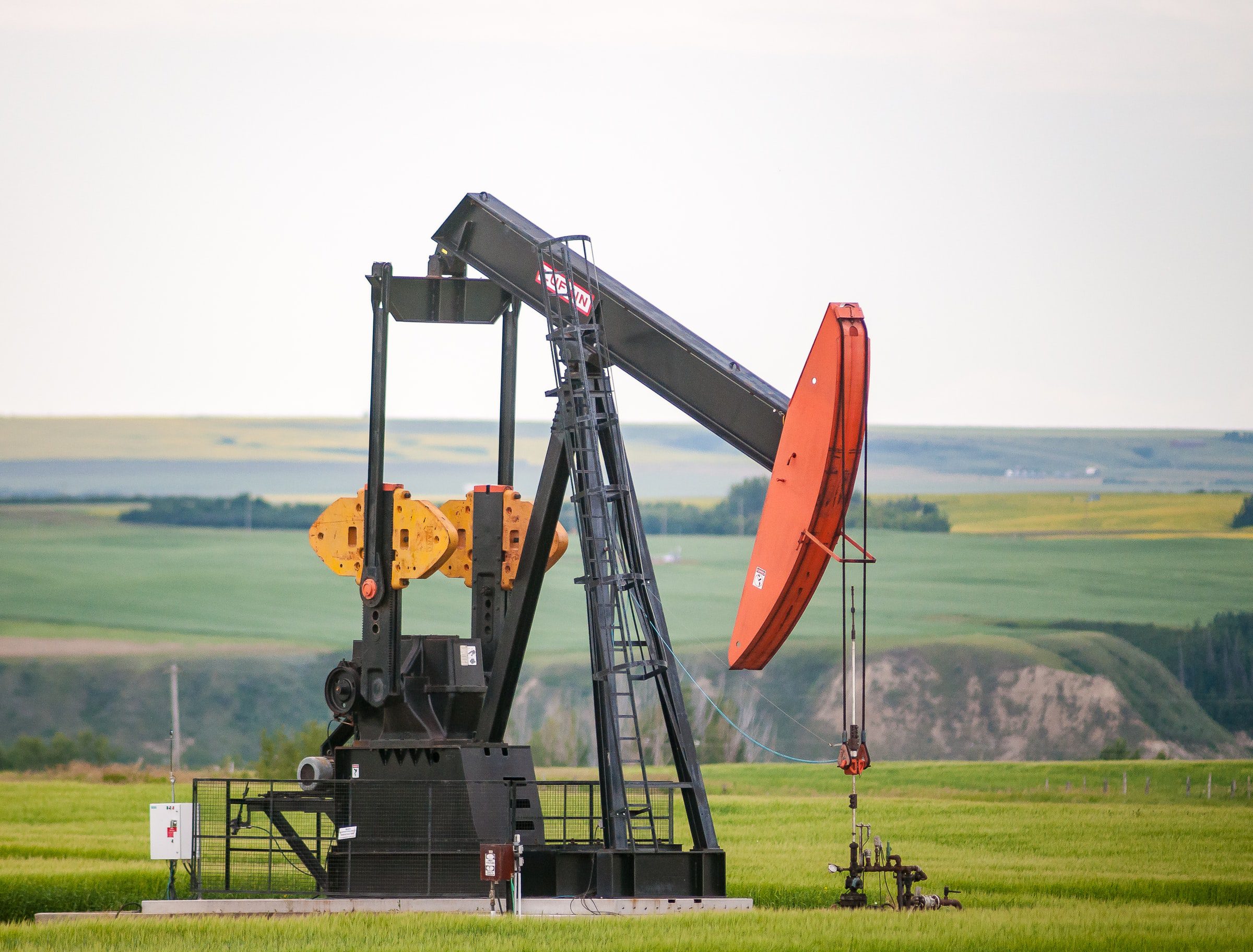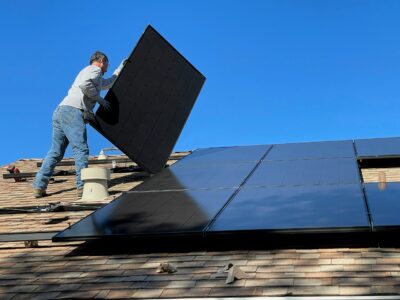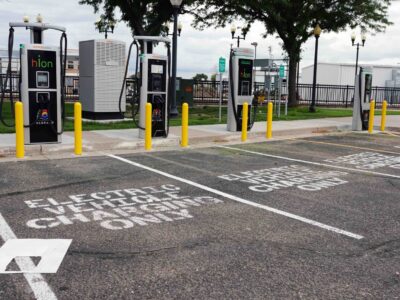The air is about to get cleaner in Texas’ and New Mexico’s Permian Basin, one of the largest oil fields in the United States. Occidental Petroleum is building a direct air capture facility that will remove carbon dioxide from the atmosphere. This new technology will store the gathered carbon dioxide underground, giving a boost to Occidental’s oil capture in the process. This exciting new business model combines green technology with profit, a model designed for a sustainable future for both the environment and business.
This new direct air capture facility, known as a DAC, will be able to capture at least 1 million metric tons of carbon annually. This is a significant increase from current DACs.
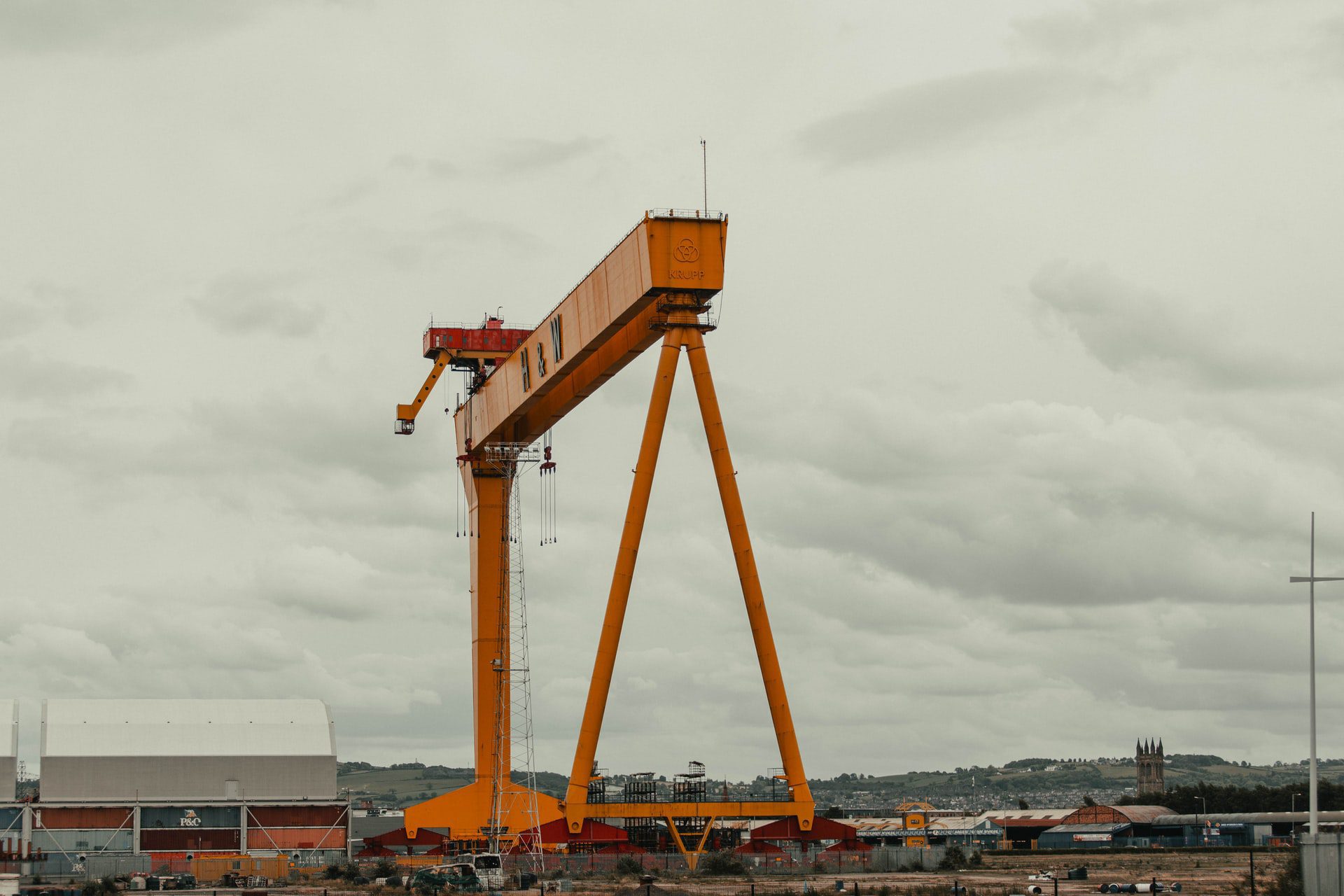
“We believe direct air capture is another way to also help the world because the good thing about it is, you don’t have to retrofit an existing industrial site. You can put it anywhere you want to put it” explained Occidental’s CEO Vicki Hollub. “So by combining it with oil reservoirs, that’s the best of all worlds. To be able to provide the world with negative carbon oil, while also being able to meet the needs of the world to use oil.”
The process comes as a result of decades of carbon dioxide use in the oil industry. Historically, carbon dioxide serves as a tool to gather more oil from reservoirs as they near depletion. If the exits in those oil formations are sealed, carbon dioxide can be stored beneath the earth for an indefinite amount of time. Occidental will use technology developed by Carbon Engineering in Canada to build the new DAC. In short, the captured carbon dioxide from the air is injected into an oil or gas reservoir. The carbon dioxide pushes the existing oil or gas from that reservoir, which traps the carbon dioxide in the reservoir. Depending on the exact production cycle, the process results in a low, neutral, or even carbon-negative result. Construction is set to begin in 2022.
The rest of 2021 will be spent improving plant design and reducing building costs. Occidental’s venture capital arm has teamed up with the sustainability-minded equity firm Rusheen Capital Management to form 1PointFive. It’s a joint venture that Hollub believes is the future of the oil business.
“I don’t know how many years from now, but I think ultimately Occidental becomes a carbon management company, and our oil and gas would be a support business unit for the management of that carbon” she explained.
Hollub hopes to build at least 100 DACs in the coming years. It’s all a part of Occidental’s recent target of net-zero emissions for operations by 2040, and for all of its products by 2050. This goal makes it the first American oil and gas company to set such standards. The company hopes by setting such aggressive standards, it will inspire others in the industry to follow suit and make the oil and gas business – traditionally one of the most problematic carbon producers – safer and more sustainable from production to consumer.
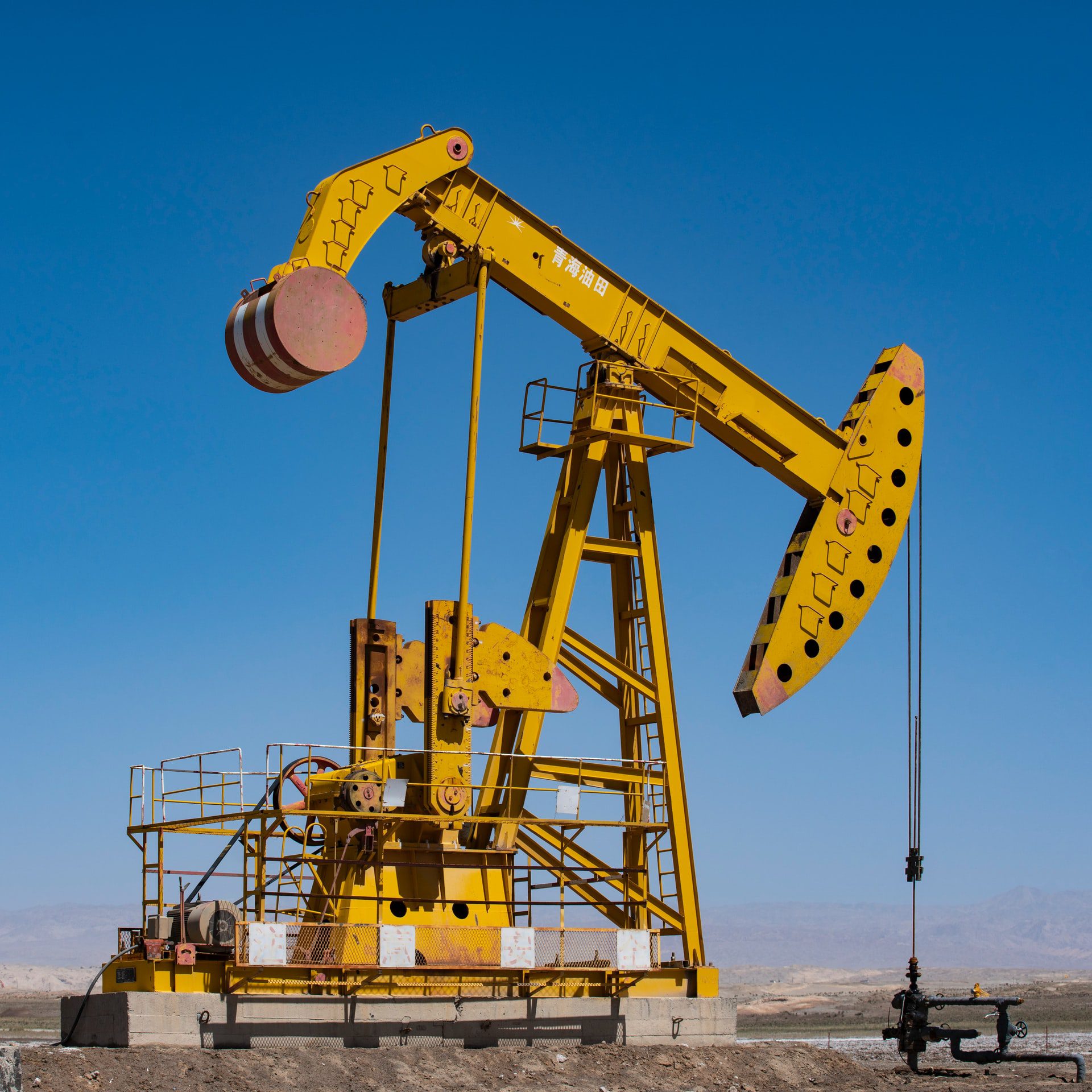
“The barriers right now are those who are so doubtful of the process and the benefits it’s going to provide,” Hollub added. “Some talk about the cost being too high, but just like solar and wind, the more we build, the more the cost will come down.”

